Andy Terrel
CUDA in Python
#1about 6 minutes
Understanding the CUDA platform stack for Python developers
The CUDA platform is layered from high-level domain libraries to low-level hardware access, with new tools aiming to combine Python's productivity with GPU performance.
#2about 3 minutes
Improving performance by fusing GPU operations
The nvmath-python library enables kernel fusion using epilogues, which combines multiple operations like matrix multiplication and bias addition into a single GPU kernel launch.
#3about 5 minutes
Calling device-side functions directly from Python kernels
Python kernels can now directly call pre-compiled, high-performance device-side functions from libraries like cuBLAS, enabled by a just-in-time linker called nvJitLink.
#4about 2 minutes
Fine-grained parallelism with cooperative groups in Python
The CUB library is exposed to Python, allowing for cooperative operations and reductions at the block or warp level for fine-grained control over GPU parallelism.
#5about 3 minutes
Accelerating language support with numba-cuda and nupack
The numba-cuda module is separated to accelerate feature delivery, while nupack automatically generates Python bindings for C++ templated code.
#6about 4 minutes
A Pythonic object model for host-side GPU control
A new high-level object model allows Python developers to directly manage GPU resources like devices, contexts, streams, and linker objects without boilerplate code.
Related jobs
Jobs that call for the skills explored in this talk.
Machine Learning Engineer
Picnic Technologies B.V.
Amsterdam, Netherlands
Intermediate
Senior
Python
Structured Query Language (SQL)
+1
Matching moments
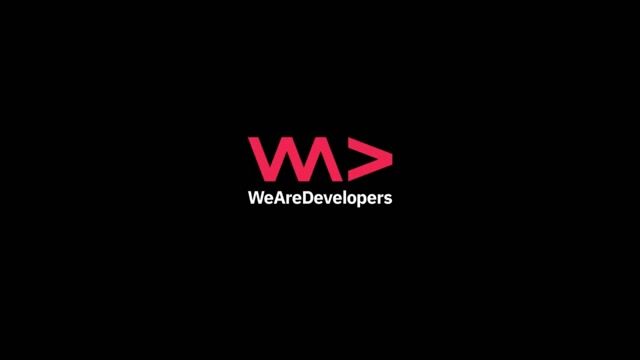
01:12 MIN
Boosting Python performance with the Nvidia CUDA ecosystem
The weekly developer show: Boosting Python with CUDA, CSS Updates & Navigating New Tech Stacks
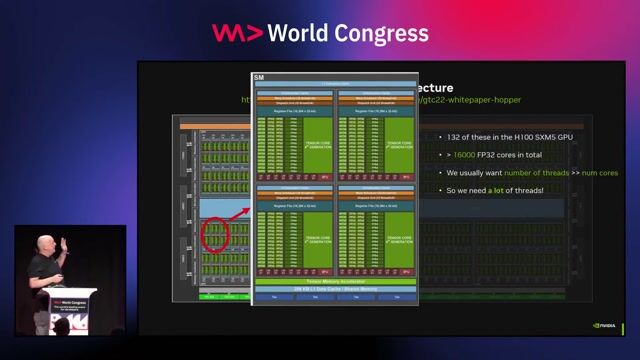
05:50 MIN
Navigating the CUDA Python software ecosystem
Accelerating Python on GPUs
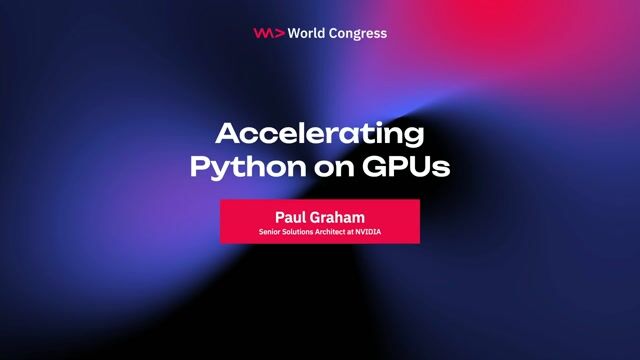
00:04 MIN
The evolution of GPU programming with Python
Accelerating Python on GPUs

03:30 MIN
Understanding CUDA as a complete computing platform
Coffee with Developers - Stephen Jones - NVIDIA
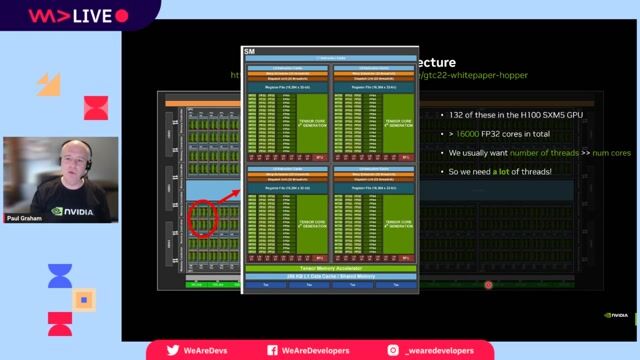
12:45 MIN
Introducing the CUDA parallel computing platform
Accelerating Python on GPUs
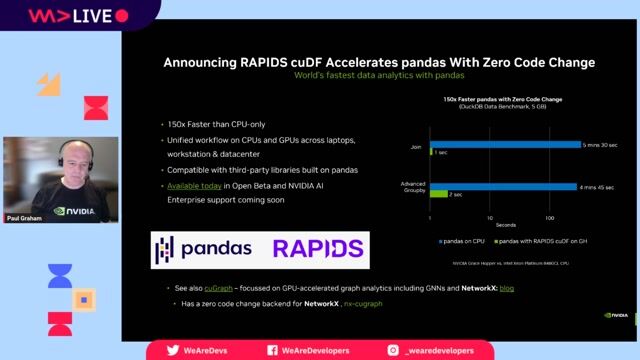
28:27 MIN
A progressive approach to programming GPUs in Python
Accelerating Python on GPUs
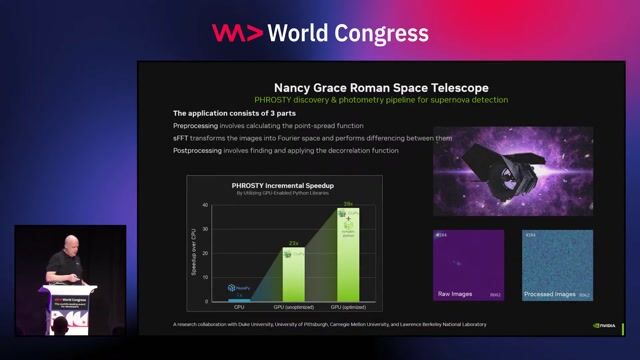
17:37 MIN
A look at upcoming Python GPU programming tools
Accelerating Python on GPUs

05:50 MIN
Using NVIDIA libraries to easily accelerate applications
WWC24 - Ankit Patel - Unlocking the Future Breakthrough Application Performance and Capabilities with NVIDIA
Featured Partners
Related Videos
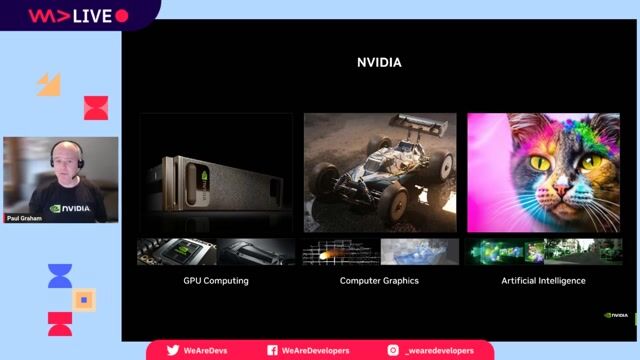 59:43
59:43Accelerating Python on GPUs
Paul Graham
 22:18
22:18Accelerating Python on GPUs
Paul Graham
 24:39
24:39Accelerating Python on GPUs
Paul Graham
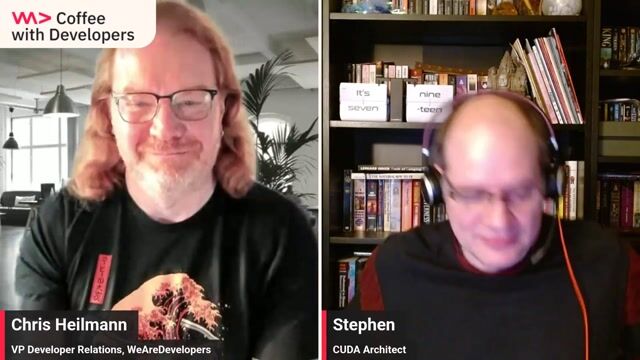 37:32
37:32Coffee with Developers - Stephen Jones - NVIDIA
Stephen Jones
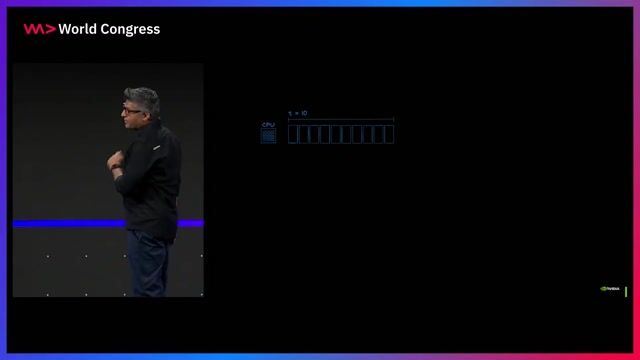 22:07
22:07WWC24 - Ankit Patel - Unlocking the Future Breakthrough Application Performance and Capabilities with NVIDIA
Ankit Patel
 1:09:10
1:09:10The weekly developer show: Boosting Python with CUDA, CSS Updates & Navigating New Tech Stacks
Chris Heilmann, Daniel Cranney & Nicole Jeschko
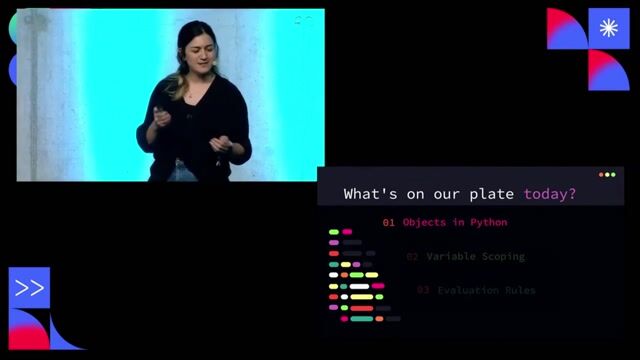 25:29
25:29Python: Behind the Scenes
Diana Gastrin
 57:49
57:49Vectorize all the things! Using linear algebra and NumPy to make your Python code lightning fast.
Jodie Burchell
Related Articles
View all articles



From learning to earning
Jobs that call for the skills explored in this talk.


Senior Solutions Architect, HPC and AI
Nvidia
Glasgow, United Kingdom
Senior
C++
Python
PyTorch
Red Hat Enterprise Linux - RHEL




Developer Relations Manager - Artificial Intelligence
Nvidia
Nottingham, United Kingdom
Machine Learning

Senior Solutions Architect, HPC and AI
Nvidia
Nottingham, United Kingdom
Senior
C++
Python
PyTorch
Red Hat Enterprise Linux - RHEL

Senior Solutions Architect, HPC and AI
Nvidia
Manchester, United Kingdom
Senior
C++
Python
PyTorch
Red Hat Enterprise Linux - RHEL
